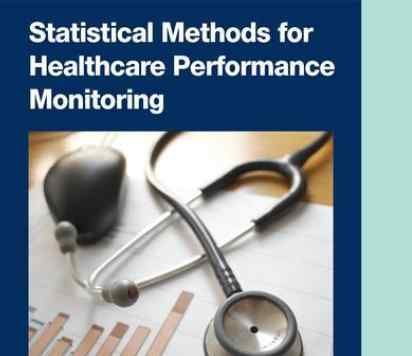BibTex format
@article{Cecil:2018:10.1136/bmjqs-2017-007495,
author = {Cecil, E and Bottle, A and Esmail, A and Wilkinson, S and Vincent, C and Aylin, PP},
doi = {10.1136/bmjqs-2017-007495},
journal = {BMJ Quality and Safety},
pages = {965--973},
title = {Investigating the association of alerts from a national mortality surveillance system with subsequent hospital mortality in England: an interrupted time series analysis},
url = {http://dx.doi.org/10.1136/bmjqs-2017-007495},
volume = {27},
year = {2018}
}
